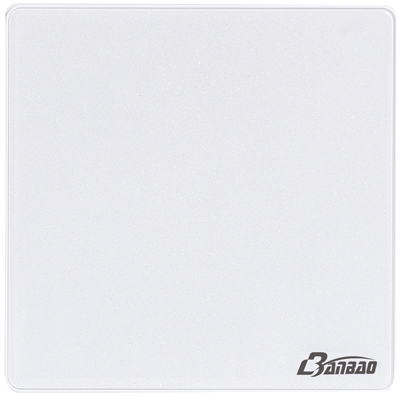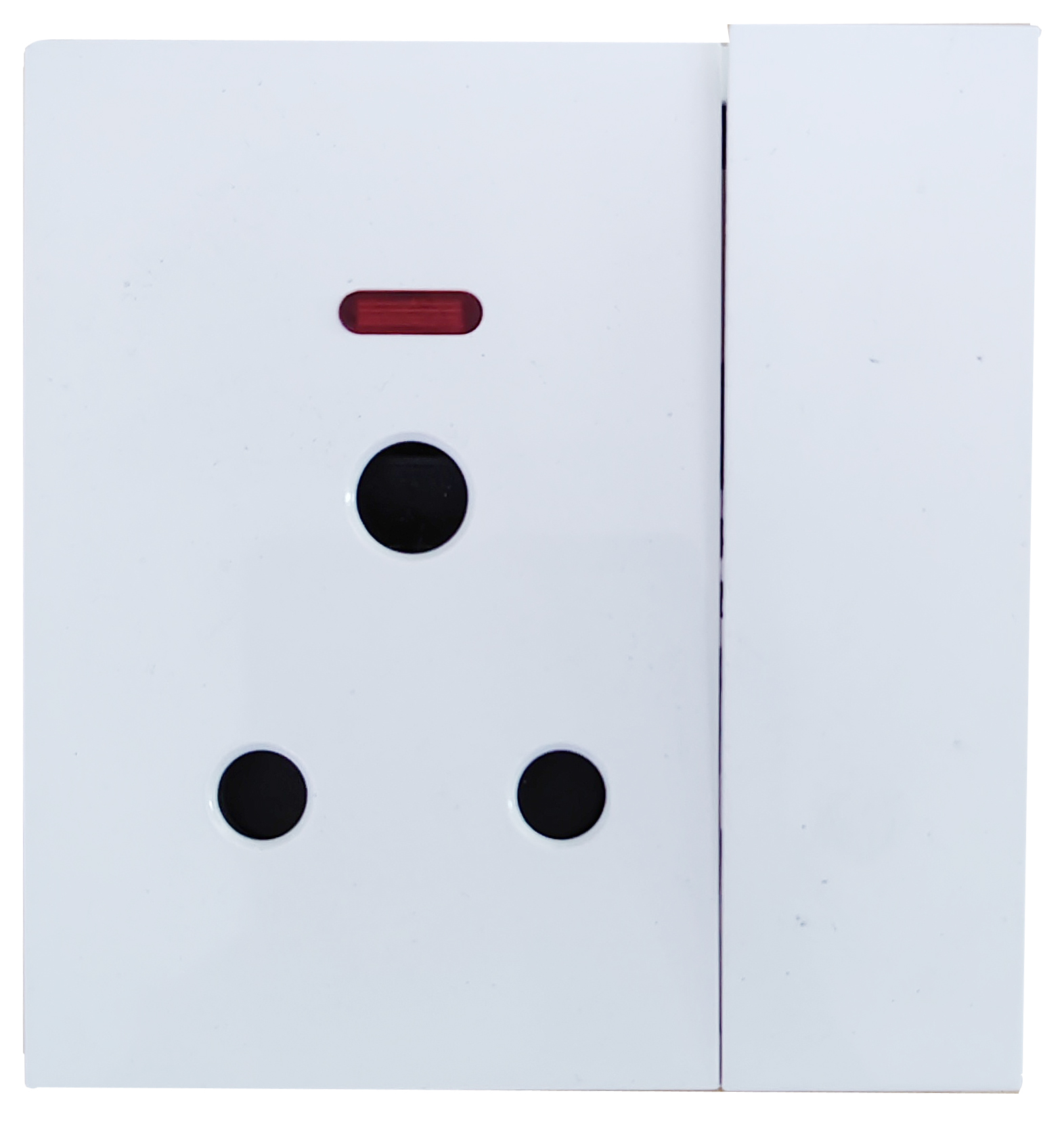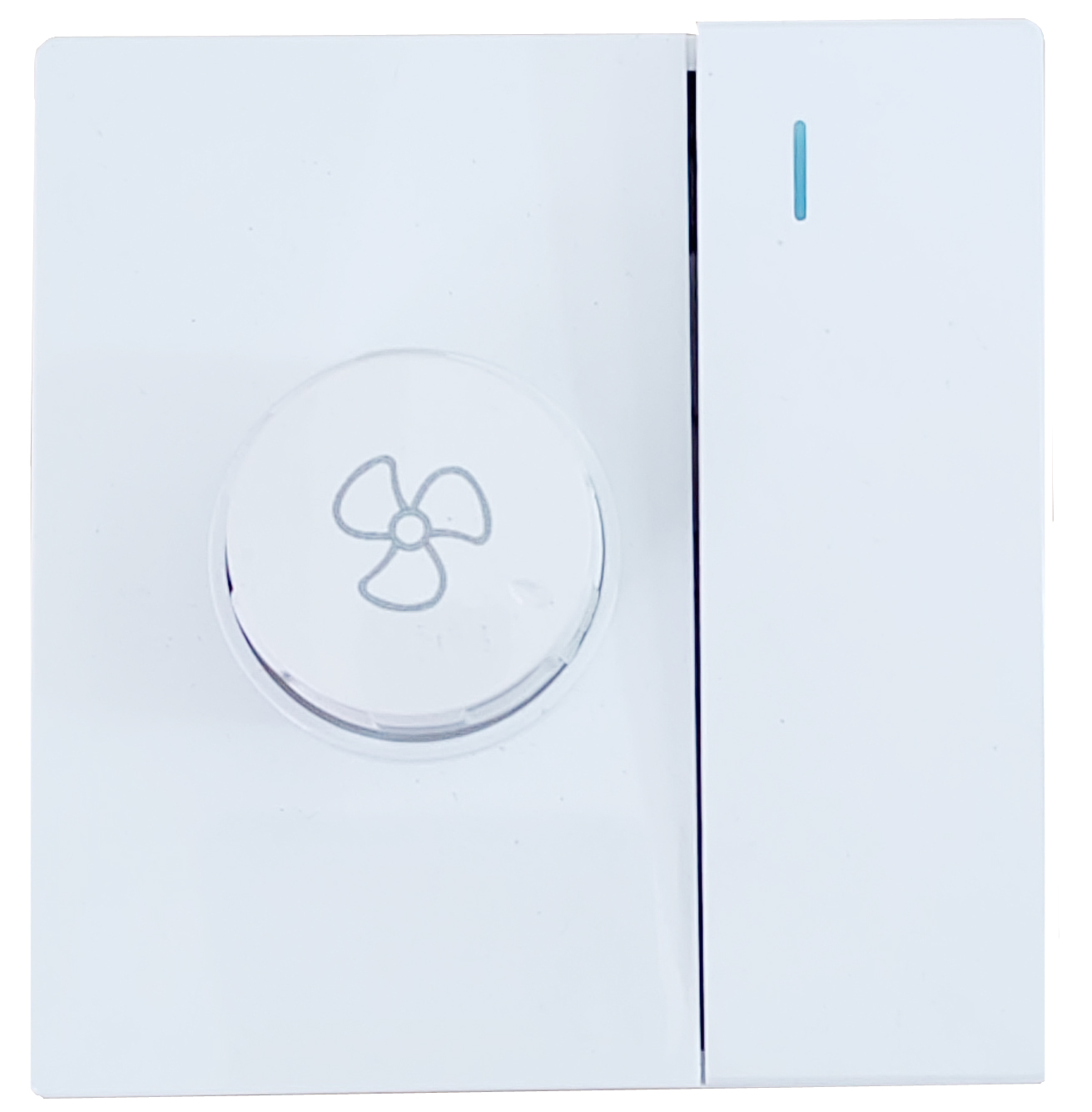For those involved in foreign trade, international engineering, cross-border e-commerce, or those preparing to use UK standard electrical products, a common but crucial question is: What is the rated power in amperes for a UK standard socket?
Simply put, almost all wall sockets used in typical UK households conform to the BS 1363 standard, and its most commonly used current rating in design and certification is 13 amperes (13A).
Therefore, UK household sockets are generally referred to as 13A UK sockets. This specification not only defines the current the socket can carry but also relates to multiple requirements such as the fuses of the appliance and plug, the socket's heat dissipation structure, the quality of internal copper components, and safety shutters.
This article will provide an in-depth analysis around the title, establishing a complete knowledge system from the meaning of the rated current of a UK standard socket, the technical structure of a 13A UK socket, and why a 13A rating is necessary.

What exactly is the rated power in amperes for a UK standard socket? Why 13A?
UK household sockets use the BS 1363 standard, which is the most important household power interface specification in the UK. This standard sets the rated current of a standard wall socket at 13 amps; therefore, common British standard sockets are 13A UK sockets.
This regulation is not arbitrary but based on the following factors:
1). UK voltage is AC 230V
At 230V, 13A allows for an output of nearly 3kW. This is a range suitable for most household appliances.
2). Meeting the needs of commonly used high-power appliances in the UK
British households commonly use high-power heating appliances, such as electric kettles, electric heaters, and electric toasters, with power typically between 2000W and 3000W, requiring 13A to ensure stable operation.
3). Continuity and compatibility with traditional electrical systems
The BS 1363 standard has been used for over half a century and is widely used in countries that adopt the British system, such as Hong Kong, Singapore, and Malaysia. The 13A UK socket forms a complete system.
Therefore, the sockets seen in homes, offices, hotels, and other common locations are mostly 13A UK sockets.

Why aren't UK sockets 10A or 16A?
Many countries use 10A or 16A sockets; for example, Schuko sockets in continental Europe are 16A, while sockets commonly found in Chinese homes are 10A or 16A. However, the UK chose 13A, and there are structural, safety design, and historical standards behind this.
1. 13A Sockets with Built-in Fuses in Plugs
UK plugs have built-in 13A, 5A, or 3A fuses, which is the core of the British Standard system.
The design logic of the UK electrical system is: each plug has independent protection, rather than leaving the risk of all devices to the main circuit.
To achieve this mechanism, 13 amps is the optimal matching value for both plugs and sockets.
2. Widespread Use of High-Power Appliances in UK Homes
Electric heaters (up to 3kW) and electric kettles (average 2.5kW) are extremely common in UK homes. If only 10A sockets are used, then: 230V × 10A = 2300W.
This is insufficient for the needs of common devices.
3. The European standard 16A socket has a completely different structural design from the British standard
European 16A sockets do not have built-in fuses in the plugs, which does not conform to the British electrical philosophy. The UK focuses more on protecting individual devices rather than the entire circuit; therefore, they retain the 13A UK socket.
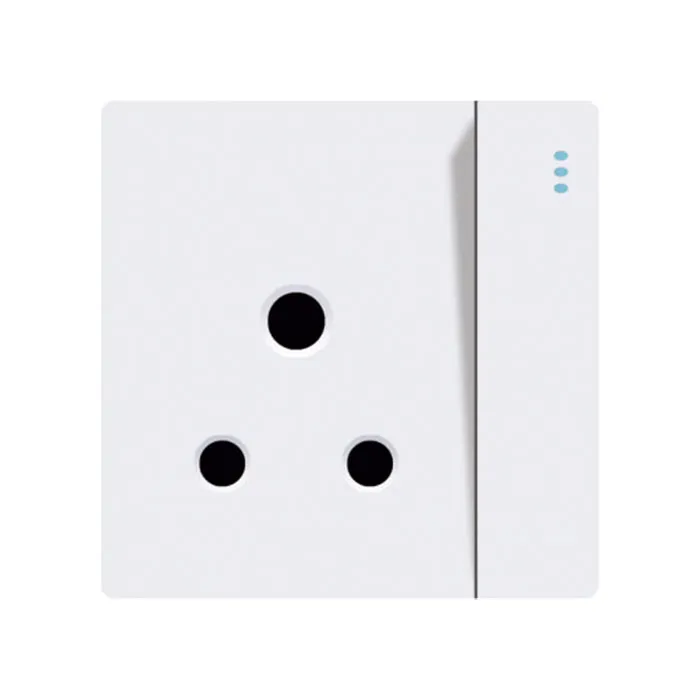
How many watts of power can a 13A UK socket handle?
The rated current of a socket is expressed in amperes, while the power of an appliance is expressed in watts (W), therefore a conversion is required.
The calculation formula is: Power (W) = Voltage (V) × Current (A).
For example, using a UK voltage of 230V and a 13A UK socket: 230V × 13A ≈ 2990W.
This means:
✔ A standard UK socket can handle a maximum power of approximately 3kW.
However, it is generally recommended not to operate at maximum power for extended periods to avoid overheating the socket.
Therefore, high-power appliances in the UK can be safely used with a 13A UK socket, which is its primary design purpose.
What are the design features of a 13A UK socket? Why is it considered safer?
A common saying among UK socket users is:
"UK sockets are the safest residential sockets in the world."
One key reason is that the design structure of the 13A UK socket is far more complex and rigorous than that of other countries.
Here are its main features:
1. Three-prong design, grounding terminal first
British sockets are:
• Top: Earth
• Left: Neutral
• Right: Live
The grounding terminal contacts first when the plug is inserted, improving safety.
2. Child Safety Shutter inside the socket
The live and neutral terminals will not make effective contact unless the plug is inserted into the grounding hole.
This means:
• Children cannot insert metal objects directly into the socket holes.
• Reduced risk of accidental electric shock.
3. Built-in fuse in the plug
All British standard plugs must be equipped with a fuse according to the socket's rated current. For example:
• Electric stoves, kettles: commonly use 13A fuses
• Desk lamps: commonly use 3A or 5A fuses
This is one of the most unique safety mechanisms in the British standard system.
4. Robust Socket Structure with Large Contact Area
13A UK sockets typically use high-quality copper components, offering strong pressure resistance and low heat buildup.
5. Most Sockets Include a Switch
This design allows users to easily disconnect power without unplugging the device.
In summary, 13A UK sockets not only have high load-bearing capacity but also offer multiple safety features including human protection, equipment protection, and circuit protection.
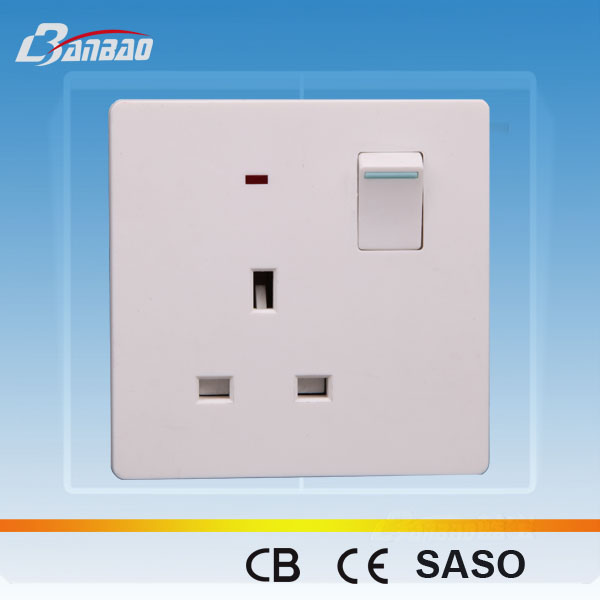
Is the rated current of a UK standard socket always 13A?
In most cases, yes, but not all sockets are 13A.
The following exceptions must be understood:
1. Shaver Socket
Typically 1A or 2A, commonly found in bathrooms.
2. Industrial UK Standard Sockets
May be 16A, 32A, 63A, or even higher, belonging to industrial standards and different from 13A UK sockets.
3. Some Fixed Appliances Use Dedicated Lines Instead of Sockets
For example, built-in ovens and electric stoves may be directly connected to solid wires.
However, for wall sockets commonly found in homes and offices, almost all are 13A UK sockets.
Why are most household appliances designed around 13A?
Because UK sockets are rated for 13A, appliance designs follow this upper limit, creating a unified technological ecosystem.
Here are the main reasons:
1. Power System Compatibility
UK household appliances need to be able to operate safely with a 13A UK socket.
2. Perfect Power Matching
The 3kW upper limit is ideal for most household heating appliances.
3. Reasonable Fuse Protection
Even if a short circuit occurs inside the appliance, the fuse on the plug will blow in time to protect the device and wiring.
Therefore, the power rating of UK household appliances is generally:
• 500W—1500W (small appliances)
• 1500W—3000W (heating appliances)
Almost all common UK appliances do not exceed the range that can be safely handled by a 13A UK socket.
Why do UK plugs and sockets need to be compatible?
The UK's safety system consists of three parts:
• Sockets: 13A UK socket, capable of handling up to 13A
• Plugs: Built-in fuse to protect devices
• Wiring: Primarily uses 2.5mm² copper wire, capable of handling over 20A
If plugs from other countries (such as European, American, or Chinese standards) are used interchangeably, the following problems may occur:
• No matching fuse
• Incompatible plug materials
• Incompatible socket sizes
• Poor contact may cause overheating
• Appliances may operate beyond their power limits
Therefore, the UK system achieves high safety through a combination of plug fuses and 13A UK sockets.
Which countries and regions use 13A UK sockets?
Besides the UK, the following regions also widely use 13A UK sockets:
• Singapore
• Malaysia
• UAE
• Maldives
• Bahrain
• Ireland
• Cyprus
Therefore, for cross-border e-commerce businesses or factories, 13A UK sockets are an important product type with very high demand.
What are the installation and wiring requirements for a 13A UK socket?
To safely carry 13A, UK regulations require sockets to use wires with compliant cross-sectional areas.
Common combinations are as follows:
• 2.5mm² copper wire: Most commonly used in socket circuits
• 4mm² copper wire: Used in larger circuits
• 1.5mm² copper wire: Used for lighting fixtures (but not for 13A UK sockets)
Socket circuits typically use ring circuits for higher safety redundancy.
Can UK standard sockets be used on other countries' power grids?
This is a frequently asked question. Here's a professional answer:
Yes, but three conditions must be met:
✔ Condition 1: The local voltage is 220-240V.
For example, in mainland China and most parts of Europe, the voltage is compatible with UK electrical appliances.
✔ Condition 2: A UK standard plug must be used.
Otherwise, it won't fit.
✔ Condition 3: Local regulations allow the installation of UK standard sockets.
Some countries prohibit mixing different types of sockets.
If the voltage is 110-120V (US, Japan), a transformer must be used.
Why has the rated current of a UK standard socket remained unchanged at 13A for so long?
This is determined by the inherent logic of the standard system itself:
• The safety system is highly mature.
• Plugs with fuses are optimized for 13A.
• Household appliance power configurations are built around 3kW.
• Socket dimensions and contact areas are designed according to 13A.
• Many countries adopt this standard, making compatibility crucial.
Therefore, the 13A UK socket has become an irreplaceable foundation in the UK electrical system.
Why should customers choose Zhongmei as their supplier or manufacturer?
Customers choose Zhongmei because we blend nearly a decade of operational experience with strong R&D investment to keep pace with market trends. As a Foshan factory with in-house production lines, we control manufacturing quality and costs, enabling competitive pricing and attractive discounts for wholesale buyers.
Our company supports customized product specifications, fast lead times for repeat orders, and transparent pricing for procurement teams seeking reliable supplier relationships.


